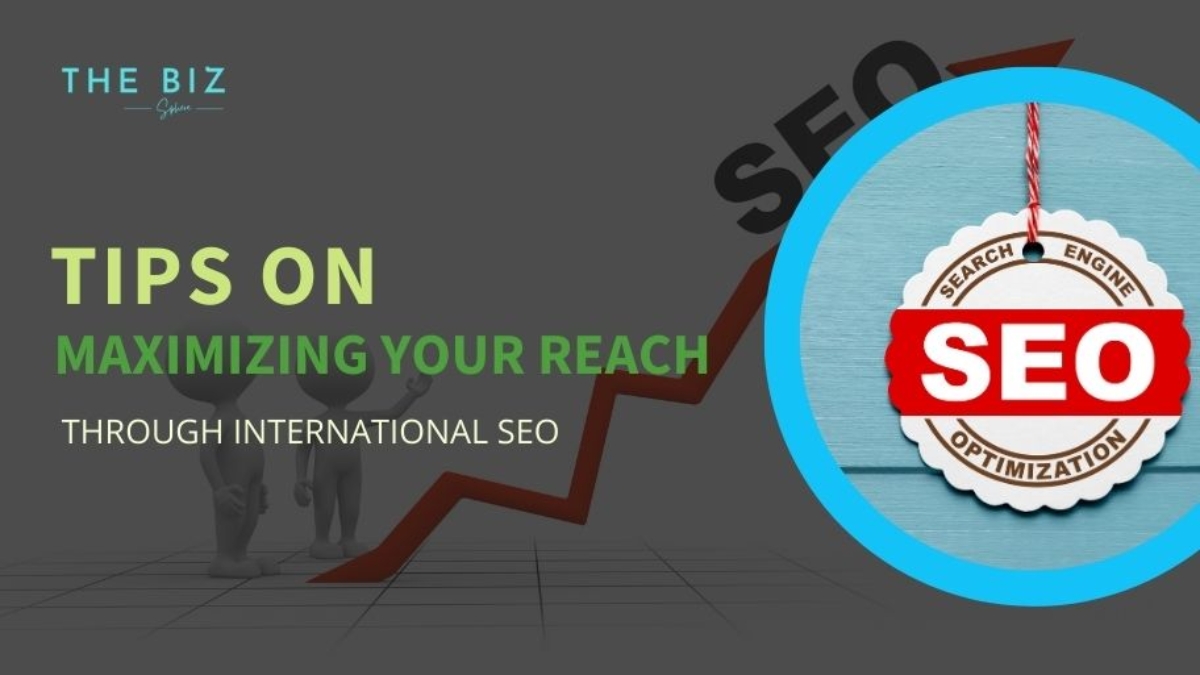International SEO (Search Engine Optimization) can seem like a daunting task. You have to consider multiple languages, multiple countries, and multiple search engines, just to name a few. But don’t let the complexity scare you away. With the right strategy and tactics in place, you can maximize your reach and expand your business on a global scale. Here are 20 tips to help you get started:
1. Research Your Target Countries:
Different countries have different search engine preferences, so one of the first steps you should take is to research which search engines are most popular in each of the countries you’re targeting.
2. Focus on Localized Keywords:
Localized keywords are more effective than generic ones when it comes to international SEO. It’s important to research the most popular terms in each of the countries you’re targeting and incorporate them into your SEO strategy.
3. Create Country-Specific Sites:
Creating a country-specific website is the best way to target a particular country’s market. This will help you to optimize your SEO efforts for that country and ensure that your website is tailored to the local language and culture.
4. Implement Hreflang Tags:
Hreflang tags are essential for international SEO. They help search engines determine which language version of your website is intended for which country.
5. Use Localized Metadata:
Metadata should also be localized to ensure that your content is being indexed properly in each country. Make sure to include country-specific keywords in the title and meta description of your pages.
6. Leverage Local Links:
Links are a key component of SEO and you should focus on building localized links to help boost your rankings. This can be done by leveraging local influencers and participating in local events.
7. Monitor Your Rankings:
It’s important to monitor your rankings on a regular basis to ensure that your international SEO efforts are paying off. This will also help you to identify any areas that need improvement.
8. Optimize for Mobile:
Mobile optimization is essential for international SEO. More and more users are browsing the web on their mobile devices, so it’s important to ensure your website is optimized for mobile.
9. Use Schema Markup:
Schema markup is a great way to optimize your website for international SEO. It helps search engines understand your website’s content and can improve how your website appears in the search results.
10. Localize Your Content:
Content localization is an important part of international SEO. Make sure you’re creating content tailored to each of the countries you’re targeting and that it’s translated accurately.
11. Optimize Images:
Images play an important role in SEO, so ensure you’re optimizing them for international SEO. Include localized keywords in the image filename and alt text, and use images that are relevant to the content.
12. Monitor International Competitors:
It’s important to keep an eye on your international competitors to understand how they’re optimizing their websites for international SEO. This can give you valuable insights into what’s working for them and what strategies you can use for your own website.
13. Monitor International Search Trends:
International search trends can give you an idea of which topics are popular in each of the countries you’re targeting. This can help you create content that resonates with users in each country.
14. Submit Your Website to Local Search Engines:
Submitting your website to local search engines is a great way to get your website indexed in each of the countries you’re targeting. Ensure you’re providing accurate information to ensure your website is properly indexed.
15. Monitor International Search Engines:
Different search engines have different algorithms, so it’s important to monitor each search engine to ensure your website is properly indexed and ranked.
16. Monitor International Social Media Trends:
Social media trends can provide valuable insights into which topics are resonating with users in each country. This can help you create content that resonates with each country’s audience.
17. Use Geo-Targeting:
Geo-targeting allows you to target users in a specific country or region. Make sure you’re using this feature to ensure that the right people are seeing your content.
18. Optimize for Voice Search:
Voice search is becoming increasingly popular, so optimizing your website for voice search is important. Ensure you’re including localized keywords in your content and optimizing for natural language.
19. Monitor International Reviews:
Reviews can provide valuable insights into how users in each country perceive your website. Ensure you’re monitoring each country’s reviews and responding to any negative feedback.
20. Stay Up-to-Date on Changes in Search Algorithms:
Search algorithms are constantly changing, so it’s important to stay up-to-date on any changes that could affect your international SEO strategy. This will help you stay ahead of the curve and ensure that your website is properly optimized for each country.
By following these tips, you can maximize your reach and expand your business on a global scale. International SEO can initially seem daunting, but with the right strategy and tactics in place, you can succeed.


Add a Comment